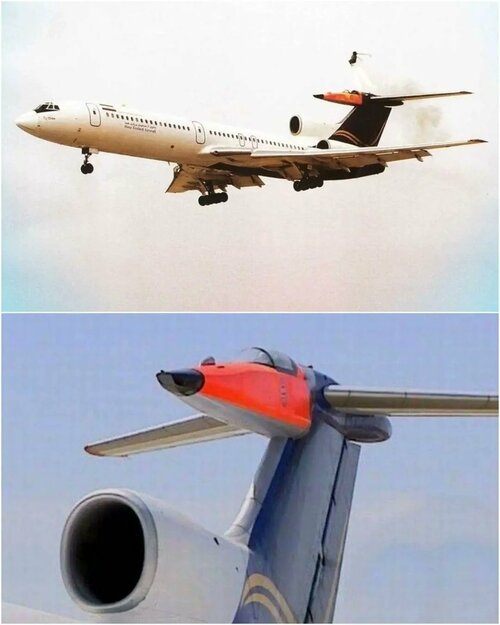Temistocle
ACCESS: Secret
- Joined
- 9 December 2009
- Messages
- 246
- Reaction score
- 505
... and after the dummy, the man:








There is a nice Convair video about the development of the escape system, from small models launched from a catapult to test in a wind tunnel to the rocket sledge seen in the previous post:
F 2578 Convair Supersonic Escape System Proposal F-106 Delta Dagger, Ejection Seat

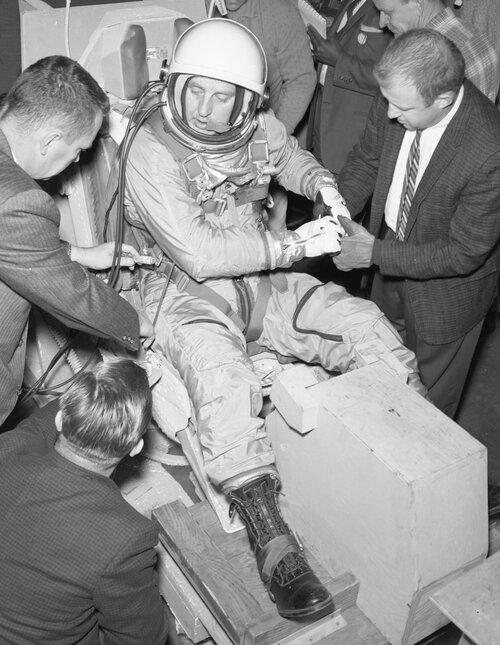

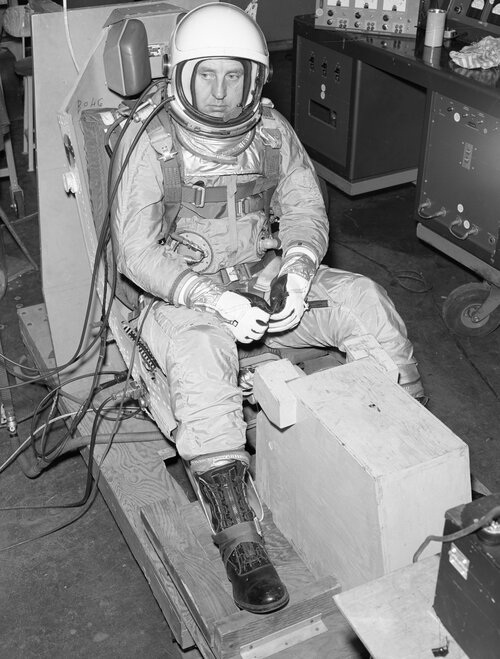
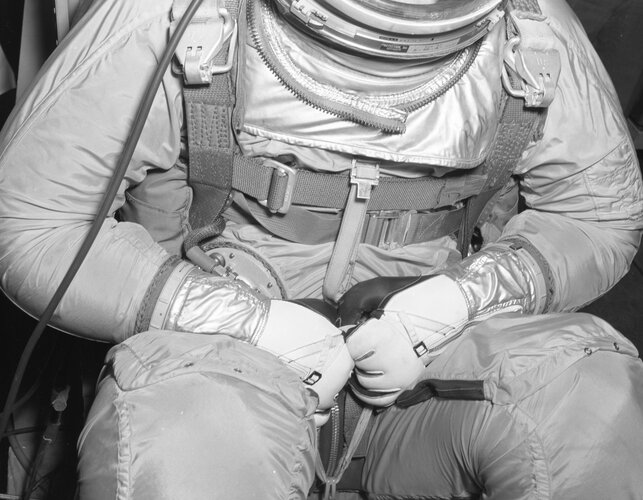
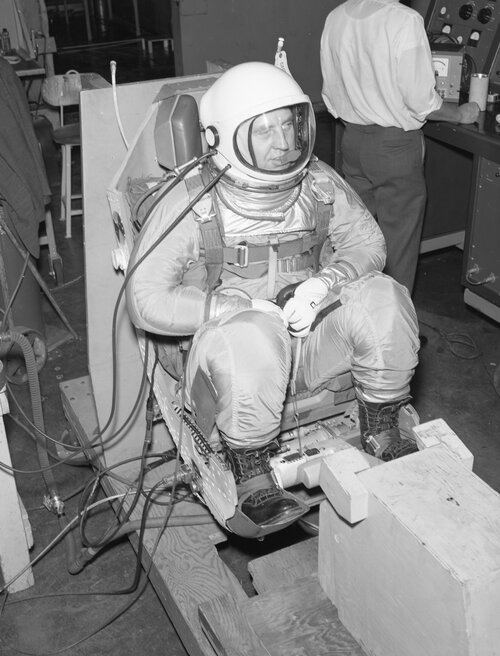
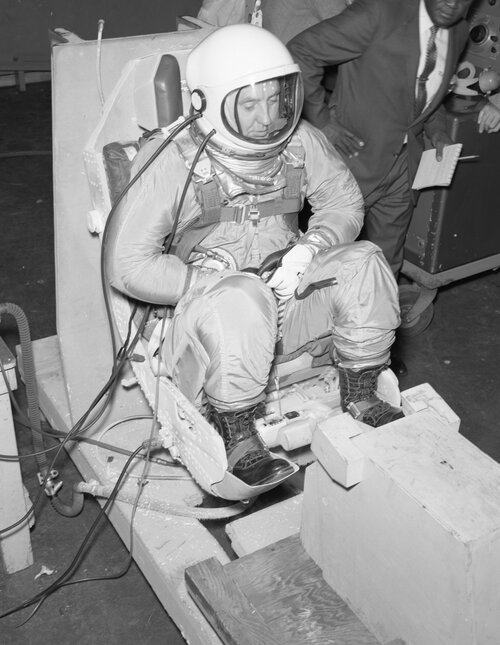
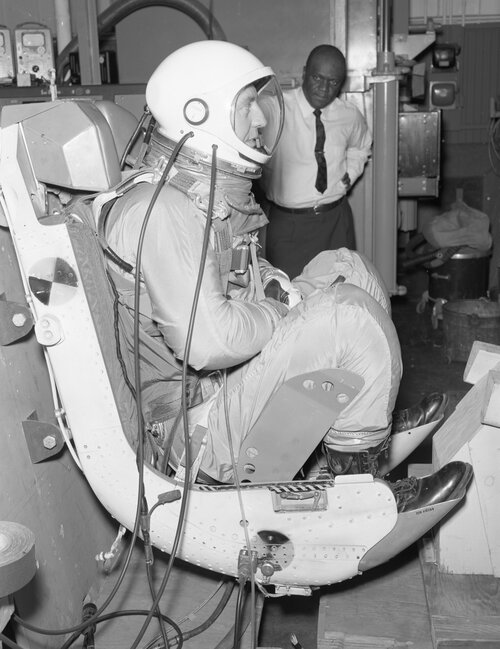
There is a nice Convair video about the development of the escape system, from small models launched from a catapult to test in a wind tunnel to the rocket sledge seen in the previous post:
F 2578 Convair Supersonic Escape System Proposal F-106 Delta Dagger, Ejection Seat

